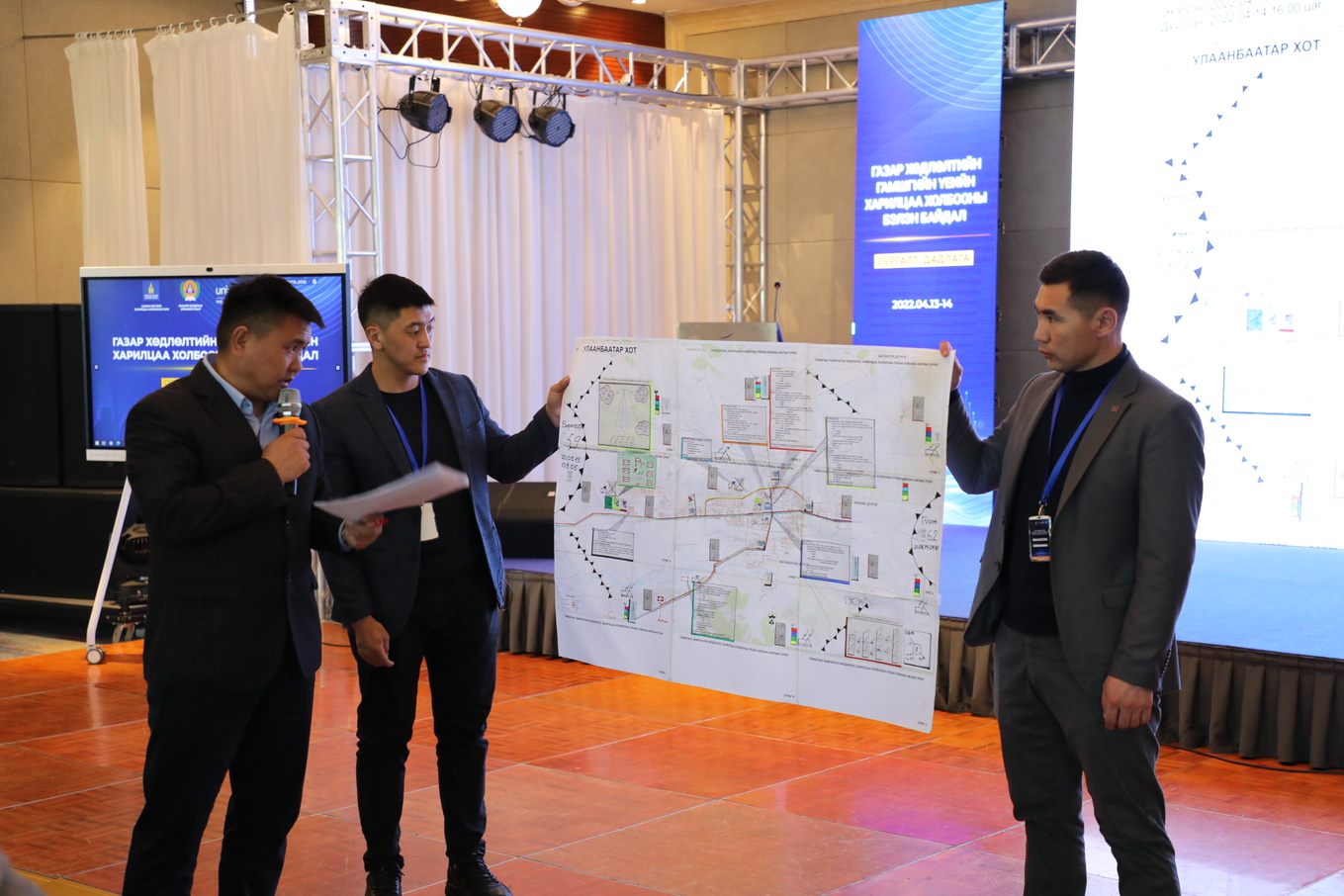Mongolia Simulation Exercise
Background
Mongolia is exposed to a several types of hazards including earthquake, floods, dzuds, wildfires, droughts, and other extreme weather events. Ulaanbaatar faces considerable earthquake risk. The earthquake risk management requires a comprehensive approach starting from the mitigation of the risk to preparing for the response.
Simulation exercises (Tabletop exercise, field level exercise, etc.) are an important tool to test the level of preparedness and to identify areas of improvement. The scope of a simulation exercise ranges from one sector to multi-sector and from a single hazard to multi-hazard.

Discussion
The Government of Mongolia, in partnership with ETC/WFP and UNICEF is working to improve emergency telecommunication preparedness in the country. A three-phased simulation exercise on earthquake preparedness in context of Ulaanbaatar has been planned as follows:
- Phase 1: Half-day Virtual Orientation programme on earthquake simulation exercise on 12 November 2021
- Phase 2: Two-day Tabletop exercise on earthquake preparedness on 13-14 April 2022
- Phase 3: Follow-up activities to improve telecommunication preparedness identified during the simulation exercise
On the 13 and 14 April 2022, a two-day simulation exercise on the Emergency Telecommunication was held in Ulaanbaatar. The event was organized by the Emergency Telecommunications Cluster together with UNICEF, the National Emergency Management Agency (NEMA) and the Ministry of Digital Development and Communication (MDDC). Around 40 participants from the Government of Mongolia, mobile operators and network operators attended the exercise.
The overall goal of the simulation exercise was to improve coordination among key stakeholders for earthquake preparedness in the telecommunication sector in Ulaanbaatar and surrounding areas.
The objectives were to:
- Bring key stakeholders, including some of the counterparts for NEMA together in a simulated earthquake scenario
- Improve coordination among critical functions in telecommunication preparedness with a problem-solving approach
- Identify common gaps, and challenges among the key stakeholders as part of lesson learnt of the simulation.
Participants developed an understanding of emergency telecommunication preparedness and identified priority needs in the context of an earthquake in Mongolia with focus on Ulaanbaatar by undertaking the following tasks:
- Assessing the risks to emergency telecommunication sector from an earthquake
- Identifying preliminary actions related to resilient telecommunications
- Developing the outline of the emergency telecommunication response to an earthquake
- Identifying key requirements for conducting assessment of damage to telecommunications